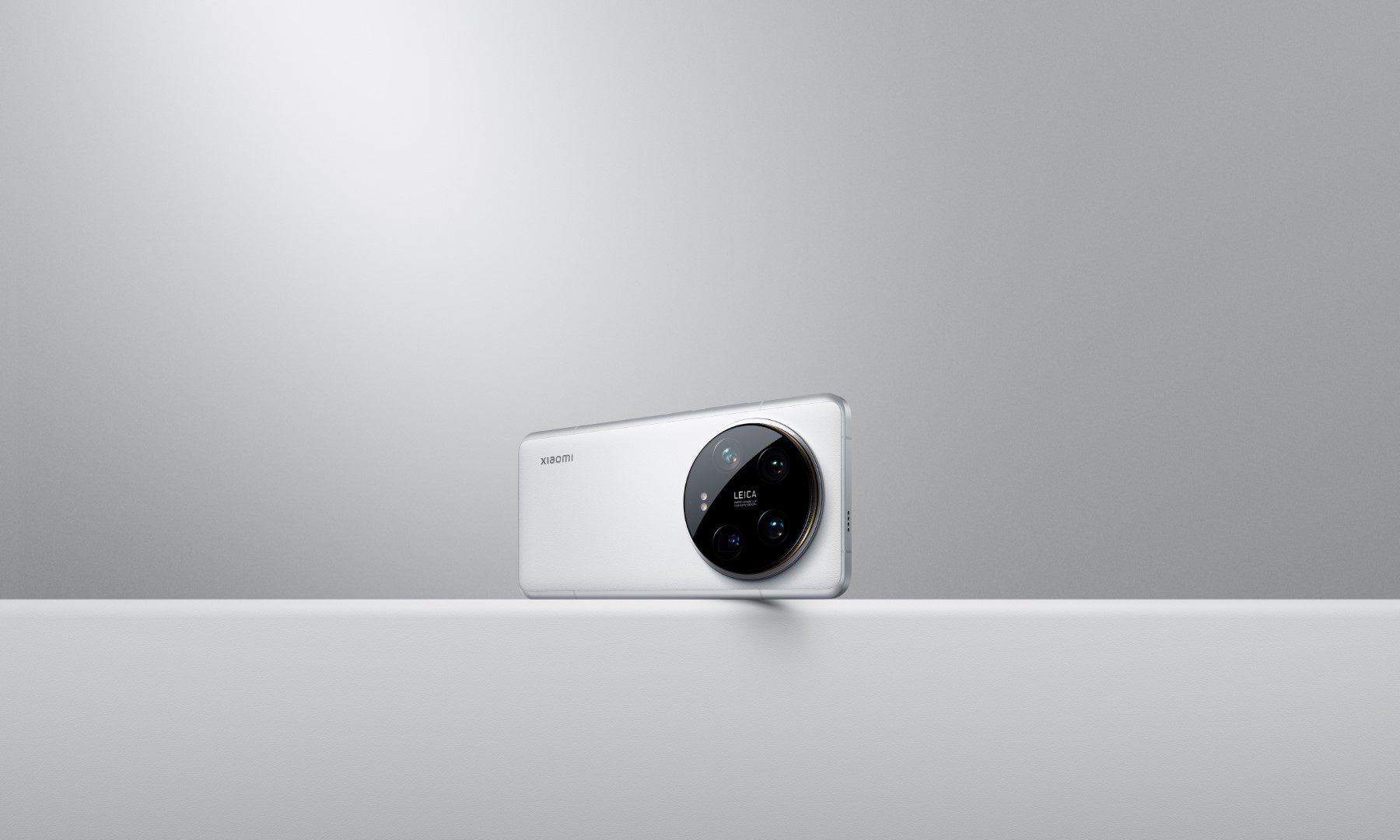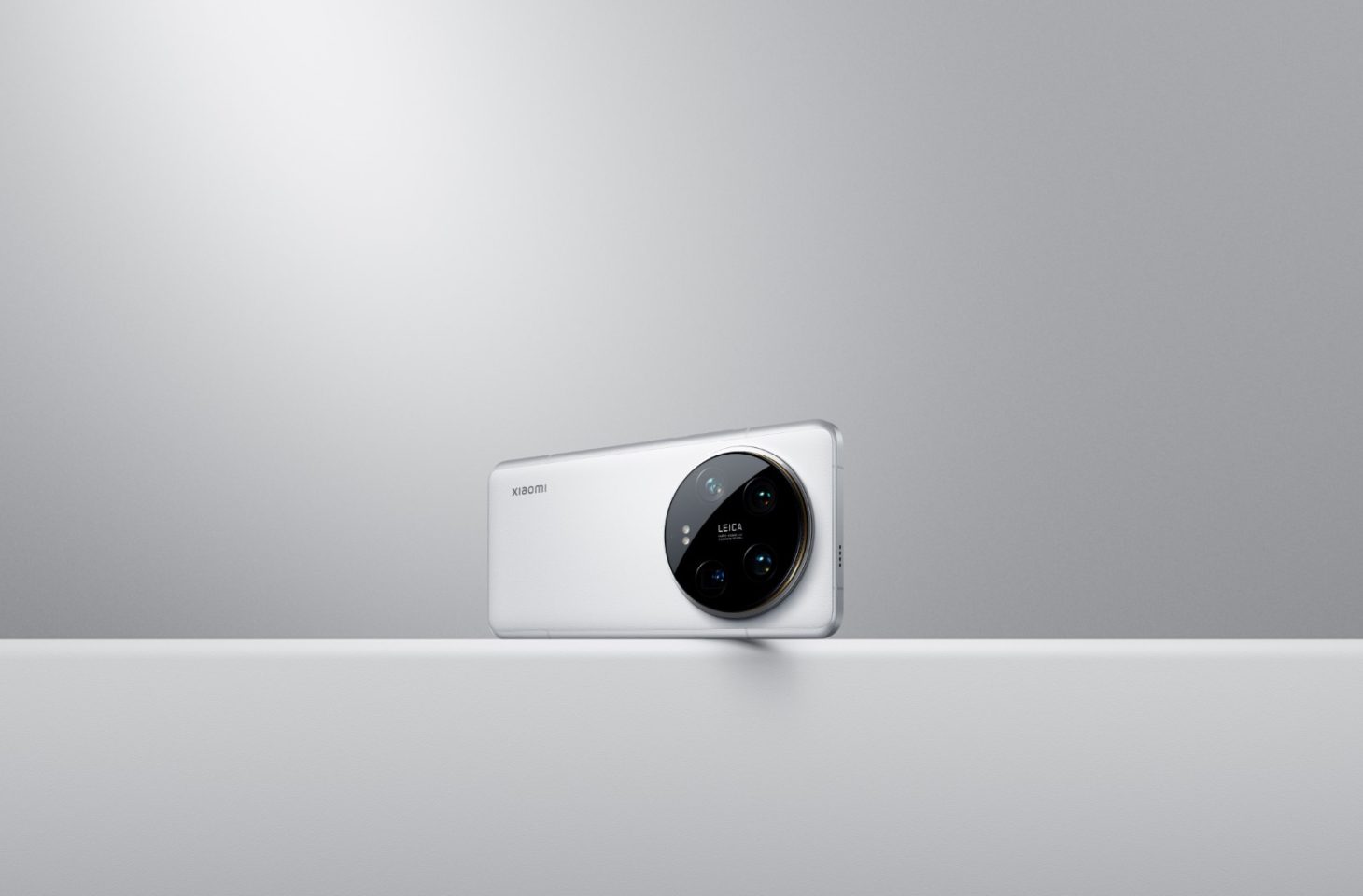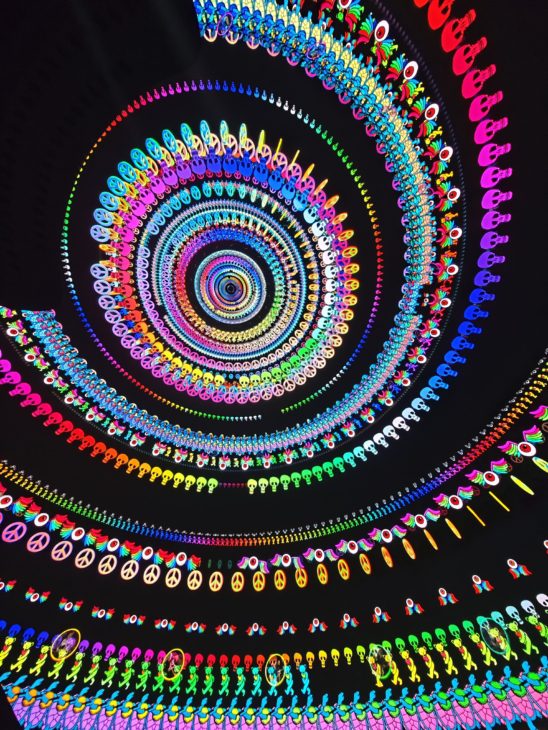Test Xiaomi 14 Ultra: Camera disguised as a smartphone
- July 1, 2024
- 0
The Xiaomi 14 Ultra has impressive cameras and also performs well as a smartphone. Unfortunately, an old problem has resurfaced. Xiaomi has big ambitions with its latest flagship
The Xiaomi 14 Ultra has impressive cameras and also performs well as a smartphone. Unfortunately, an old problem has resurfaced. Xiaomi has big ambitions with its latest flagship


The Xiaomi 14 Ultra has impressive cameras and also performs well as a smartphone. Unfortunately, an old problem has resurfaced.
Xiaomi has big ambitions with its latest flagship generation. Although Xiaomi phones are getting better every year, we have not yet tested a device from the brand that has completely convinced us. Even the Xiaomi 14 was only just enough for us to be among the elite of the smartphone industry.
Don’t worry, because the Ultra version is the real champion in the arena. Xiaomi wants to raise the bar for smartphone photography with this device. Can we give Xiaomi a confident “yes” this time?
Let’s start with the most important part of the Xiaomi 14 Ultra: the cameras. Xiaomi doesn’t hide this either. The four lenses are housed in a huge ring that protrudes so much that you can’t even lay the device flat on the table. Xiaomi has been working with the German camera manufacturer Leica for several years and is happy to highlight this collaboration.
On paper, you have a 50MP camera quartet: a main lens, a telephoto lens, a periscope lens and a wide-angle lens. Compared to the Xiaomi 14, you get an additional zoom camera. What’s interesting is the variable aperture of the main lens, which can go from f/1.63 to f/4.0 in 1,024 f-stops.
For a novice photographer, all these lenses and camera features may be overwhelming, but for the photography enthusiast, they are a playground. At Xiaomi, you can choose between a Authentic and a ExcitedStyle that adds a little more color to your photos.









In daylight, the main camera of the Xiaomi 14 Ultra is unmatched. Sharpness, colors, contrasts, there is nothing wrong with the main camera. The images are so flawless that they even look like they were created with a computer. With the wide-angle camera, you lose almost no sharpness: photos with both cameras look identical, only with the wide-angle lens the image becomes a little narrower.
When it gets dark, you’ll want to use the main camera, but the wide-angle lens works well too. The algorithms ensure careful lighting so that the sky and clouds remain clearly visible.






A dual zoom camera offers a lot of possibilities: optical zoom is limited to 5x, but digital zoom can reach up to 120x. When the telephoto lens reaches its limits, the periscope lens takes over. This type of lens “bends” incoming light towards the lens, naturally increasing your focal length. This results in sharper close-up images over longer distances.
The results are impressive and close-ups remain sharp even in low daylight beyond the optical zoom range. A comparison with the Samsung Galaxy S24 Ultra is interesting because it also has a periscope camera. The cameras on both devices are excellent, which makes it difficult to determine an objective winner.












We almost forgot, but the Xiaomi 14 Pro is a smartphone and not a camera. The large camera ring is not the only striking external feature of this device. The back is wrapped in a vest made of synthetic leather. It is wear-resistant and dirt-repellent, but we were not able to test this quality over the long term.
With a 6.73-inch screen, the Ultra model is significantly larger than the Xiaomi 14. This also means there is more space for additional pixels in the screen (1,440 x 3,200). The brightness (max. 985 nits) and the refresh rate (up to 120 Hz) are almost identical.
We can be brief about the internals of the Xiaomi 14 Pro. We see the same Qualcomm Snapdragon 8 Gen 3 as on the Xiaomi 14, also tuned identically. Add another 16 GB of RAM and you have a smartphone with a lot of processing power.
Qualcomm is the main supplier of the premium segment and therefore the performance of the top devices is close to each other. The graph below shows that there is little difference in CPU performance between the Xiaomi 14 Ultra and the Samsung Galaxy S24 Ultra.

Since you don’t always need the full processing power, we examine how the phone performs in business applications. This test shows that business use is more in the DNA of Samsung devices.

The GPU performs an important task for graphics applications, for example when playing games. Xiaomi has given its Ultra model a little more graphics power. The device is again in balance with the OnePlus 12 and the Samsung Galaxy S24 Ultra. Even after this round, there is still no winner in the boxing camp between Xiaomi and Samsung.

The battery can sometimes be a stumbling block for Xiaomi, although the results of the Xiaomi 14 were promising. The Ultra model disappoints despite its larger 5,000 mAh battery. In the performance and video test, it can only prevail against the S24, whose battery capacity is a thousand mAh less.
These tests are based on intensive use. With normal use, one day is more than enough, but a second day would be too much to ask for. With more intensive use, you will find yourself looking for the charger before the end of the day.

Fortunately, charging is one of Xiaomi’s specialties. The Xiaomi 14 Ultra supports up to 90 W with its own charger. Wireless charging is possible at 80 W, a record in the smartphone industry. Just like the Xiaomi 14, the Ultra behaved strangely on the test bench and the test results are completely different than expected: the difference to the OnePlus 12 should not be that big.

Then we come to the software. The MIUI software layer is now called HyperOS, but other than a different name, not much has changed. Xiaomi’s software has its pros and cons, as it is very different from “pure” Android. Unless you are an experienced Xiaomi user, the software requires a bit of a learning curve.
Our main annoyance is the bloatware apps that Xiaomi keeps pushing. As on any self-respecting premium device, you will find the necessary AI gadgets here. You may still like them, but whether they are always useful is another question. The fact that Xiaomi wants to push its own alternative for every Google application is certainly not the case. And we certainly didn’t ask about AliExpress and Amazon Shopping…
Xiaomi offers four years of software and five years of security updates. Samsung and Google offer seven years, Fairphone even eight, so Xiaomi can go one step further here.
So with the Xiaomi 14 we come to the same conclusion as many of its predecessors. In terms of hardware, there is little to criticize about this device. The Xiaomi 14 Ultra is perhaps one of the best smartphones for photography right now and does not neglect its duties as a phone.
Can we in good conscience recommend this device as your next (corporate) phone? Still not 100%. Battery life remains a difficult topic for Xiaomi’s engineers, but it’s mainly the bloatware that puts us off once again. You simply can’t want to be taken seriously by a professional audience if you develop completely useless apps.
It’s a shame that Xiaomi doesn’t even see this as a problem and many smartphone users won’t complain about it. A donkey doesn’t hit the same stone twice, but Xiaomi kicks it without a second thought.
The Xiaomi 14 is available in two colors: black and white. A configuration is available with 16 GB of RAM and 512 GB of storage. The recommended retail price is 1,499 euros, including VAT.
Android update policy: Xiaomi promises at least five years of security updates and four years of Android operating system updates. This period begins with the launch on October 26, 2023 with Android 14.
Source: IT Daily
As an experienced journalist and author, Mary has been reporting on the latest news and trends for over 5 years. With a passion for uncovering the stories behind the headlines, Mary has earned a reputation as a trusted voice in the world of journalism. Her writing style is insightful, engaging and thought-provoking, as she takes a deep dive into the most pressing issues of our time.